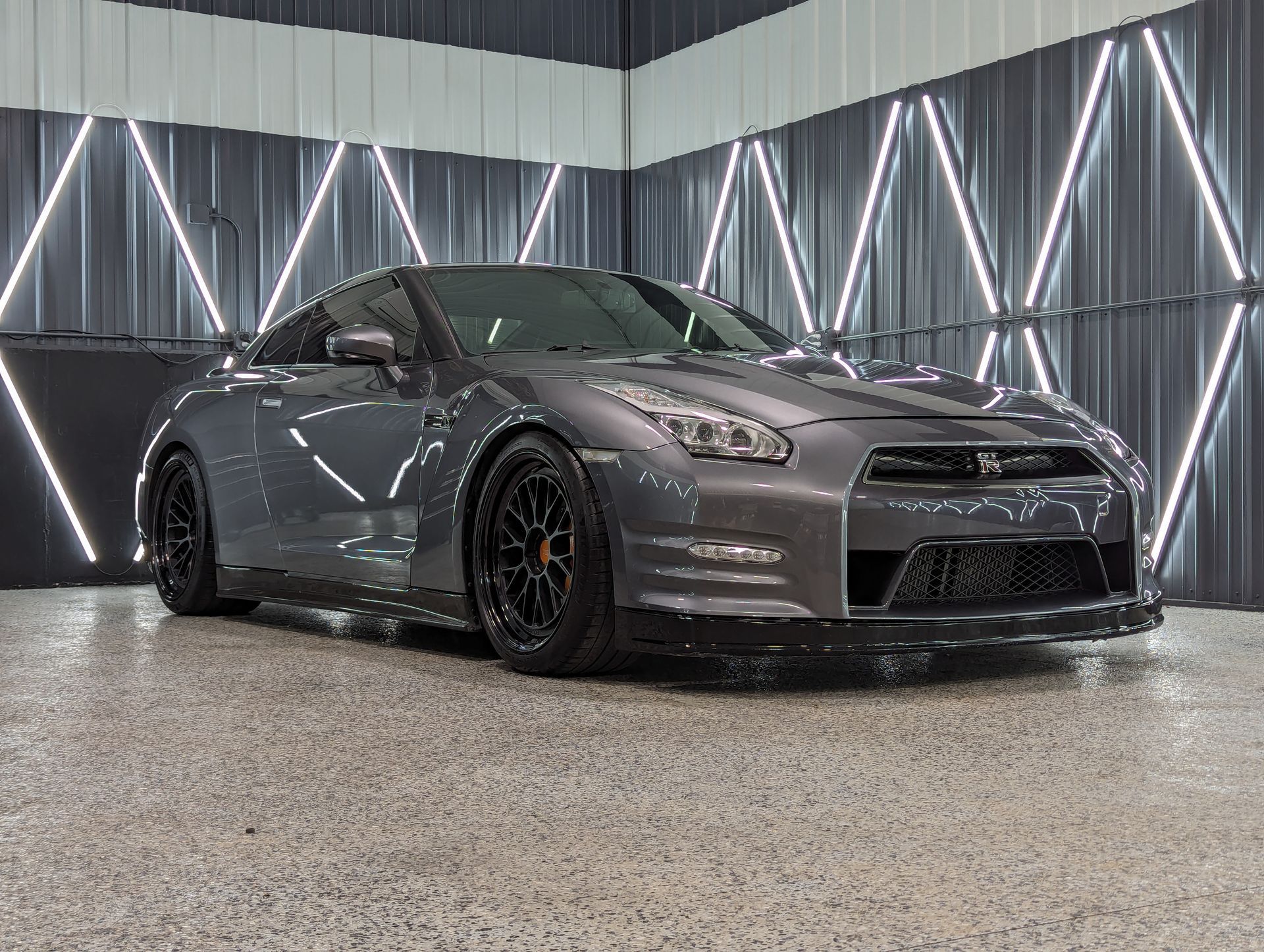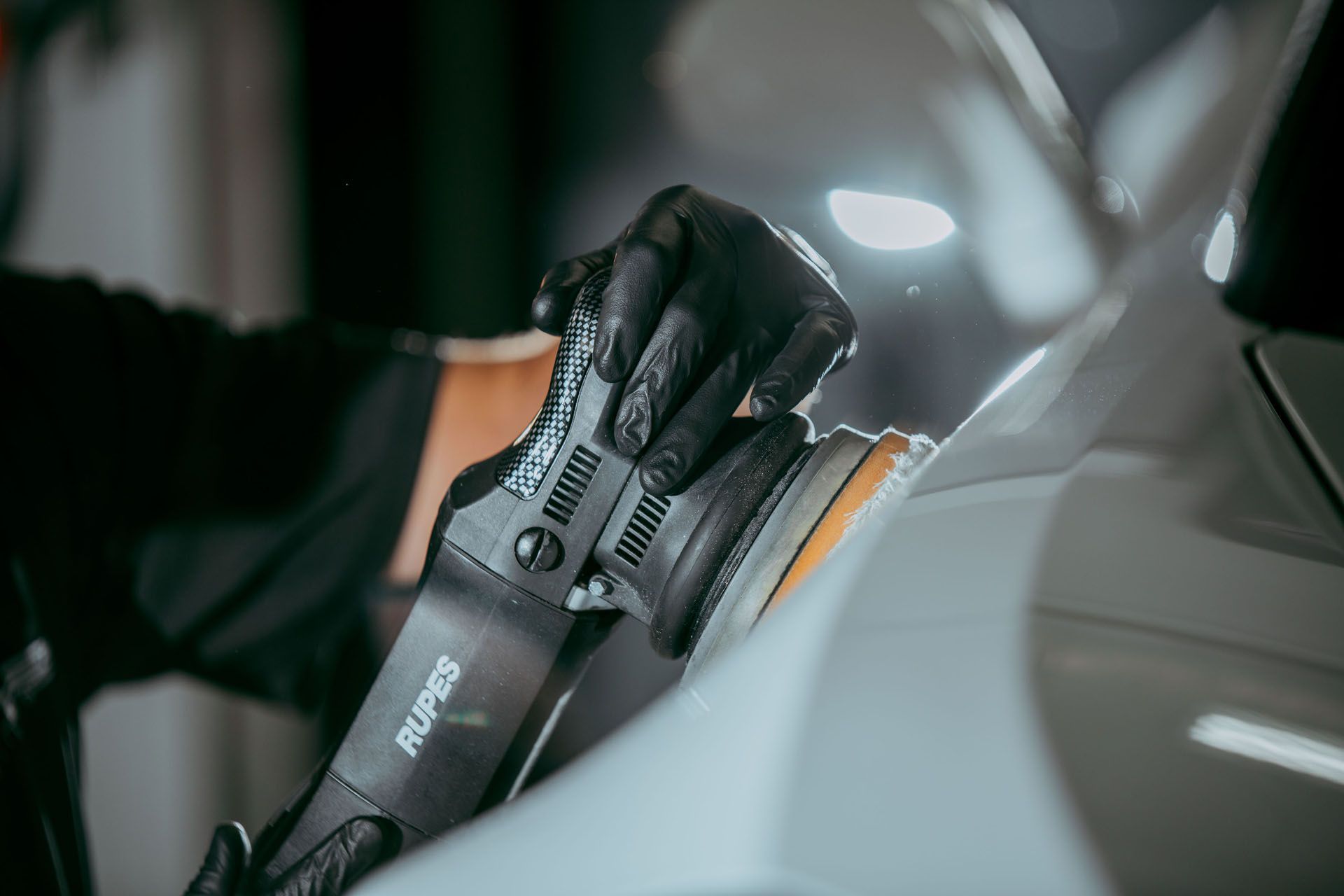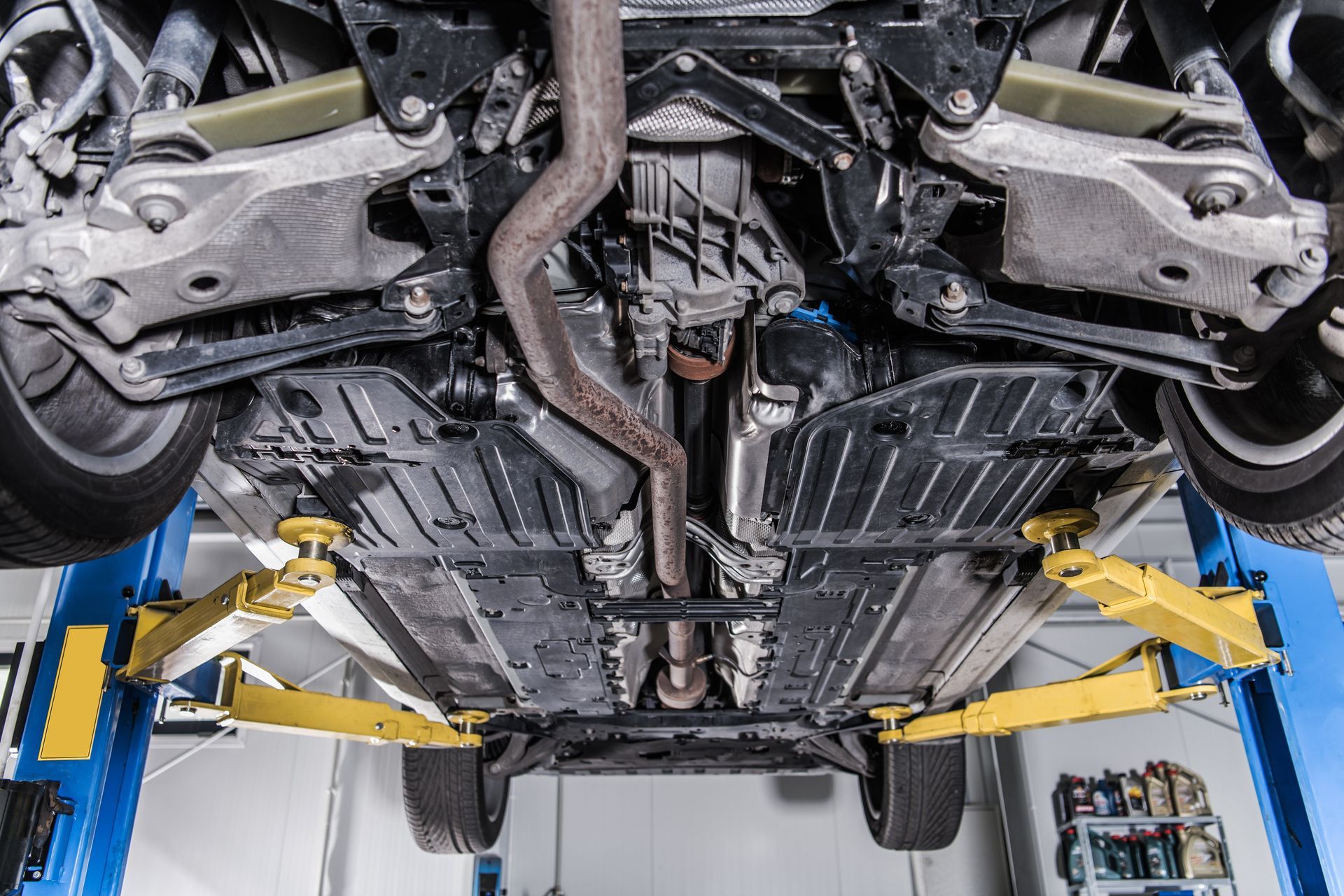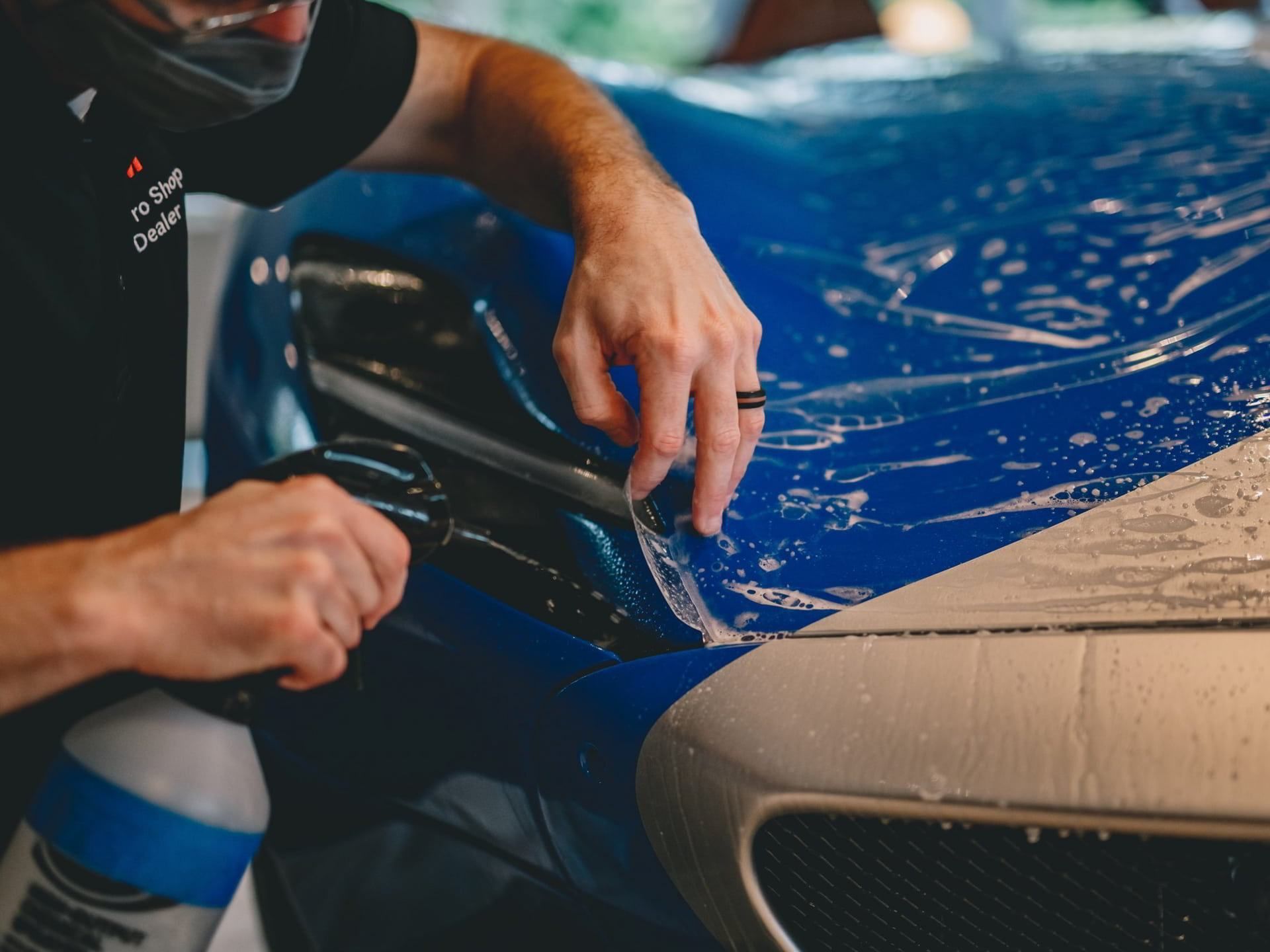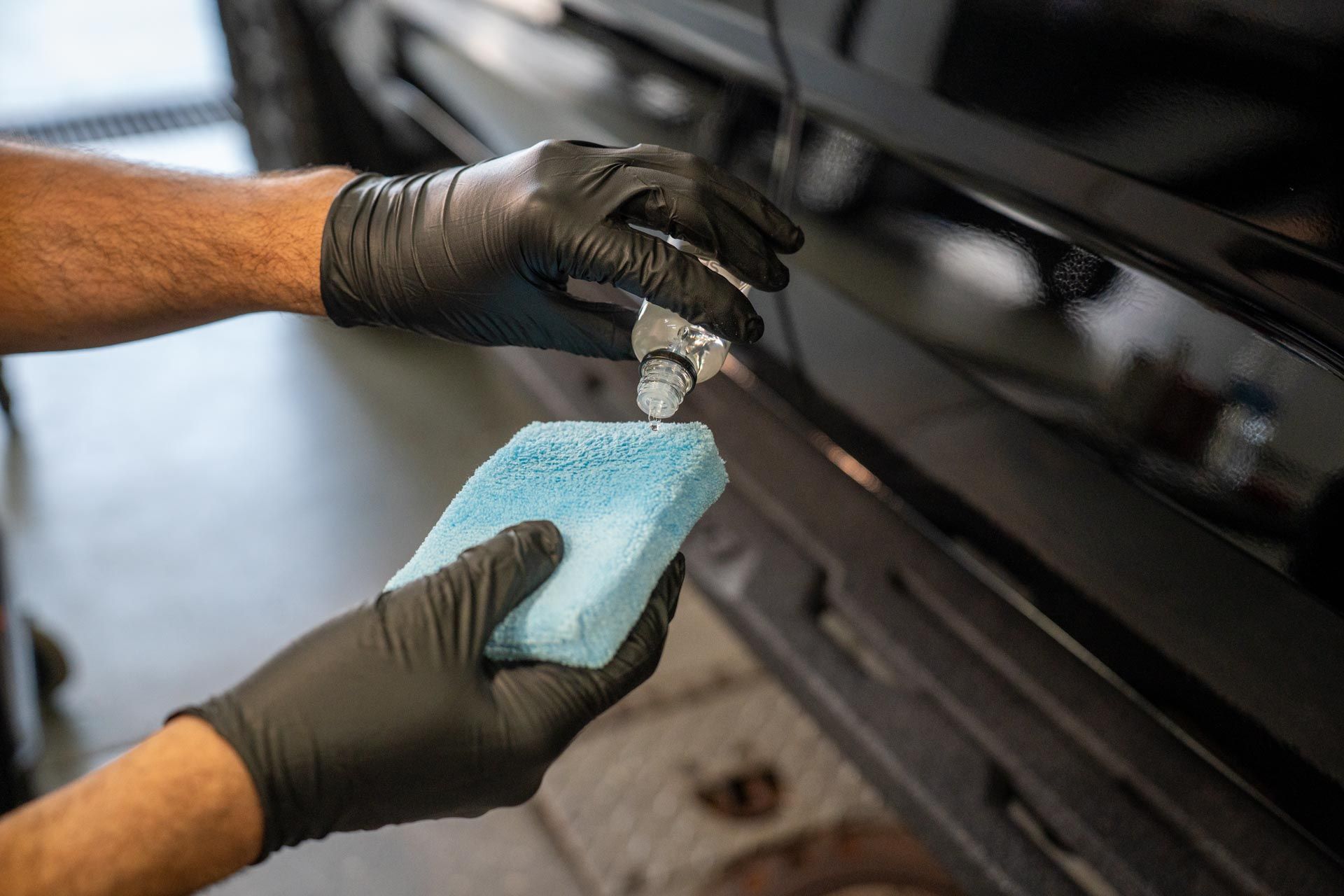Should You Ceramic Coating For Your Vehicle In Winter?
As winter descends upon us, the impending challenges that harsh weather poses to our vehicles become increasingly evident. The snow, ice, and road salts can wreak havoc on the exterior, leaving many car owners pondering the effectiveness of ceramic coating during this season.
In this comprehensive guide, we will explore the nuanced considerations surrounding ceramic coating in winter, drawing insights from the seasoned experts at Infinity Auto Styling in Bismarck, ND .
Can You Ceramic Coat Your Vehicle In Winter?
The question of whether ceramic coating is a suitable alternative in the freezing temperatures of winter emerges. The answer, according to Infinity Auto Styling, is a resounding yes. Ceramic coating provides a solid and protective layer for your vehicle’s paint, working as an effective screen against the harsh winter environment. It repels water, snow, and road salts by establishing a hydrophobic barrier, preventing them from causing permanent damage to the paint surface.

See More: CAN CERAMIC COATING BE SCRATCHED?
Applying a ceramic coating to your vehicle during the winter protects it from the immediate hazards of the season and provides long-term protection. The usage of road salts and de-icing chemicals increases throughout the winter months, which can damage and dull your car’s appearance. Ceramic coating provides robust protection, reducing corrosion risks while keeping your vehicle’s aesthetic appeal.
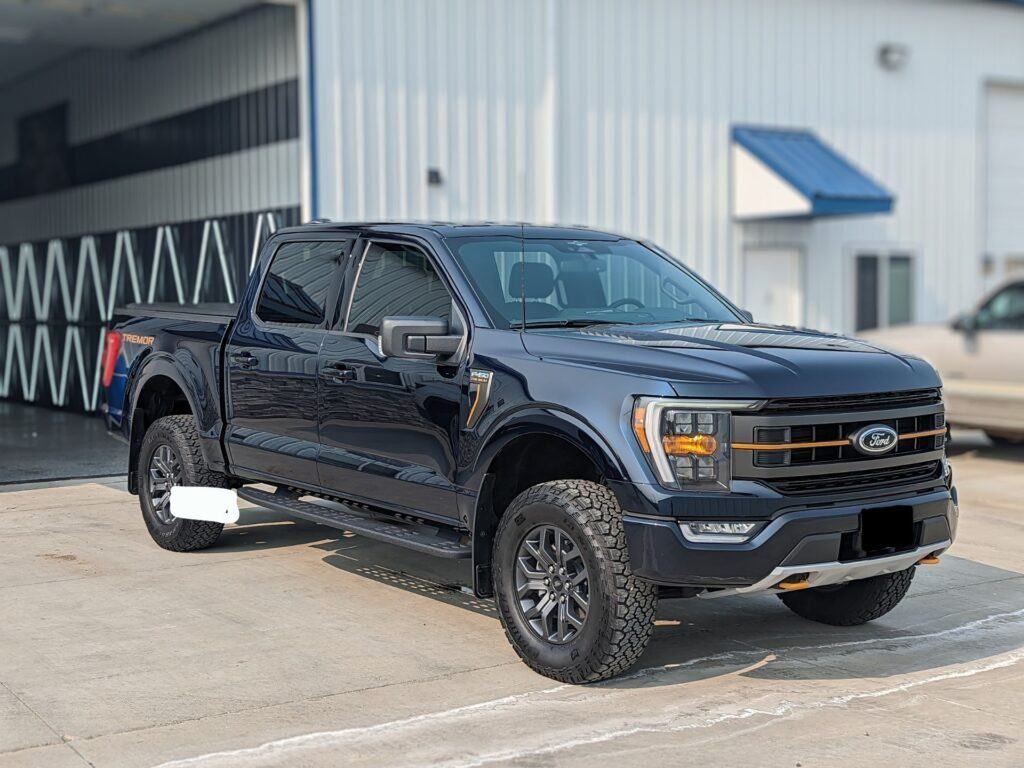
Benefits Provided By Ceramic Coatings In The Winter
During the winter, when cars are subjected to increased exposure to adverse weather conditions, ceramic coatings emerge as important protectors, providing many benefits. To begin, ceramic coatings form a hydrophobic solid barrier on the car’s surface, rejecting water, snow, and ice . This not only makes cleaning easier but it also prevents harmful ice patches from forming on the paint.
See More: /can-ceramic-coating-be-scratched/
Ceramic coatings’ increased durability is especially useful in the cold. These coatings operate as a screen, shielding the vehicle’s paint from road salts, de-icing chemicals, and other corrosive substances common during winter road maintenance. This protection system greatly minimizes the danger of paint damage, rusting, and corrosion.
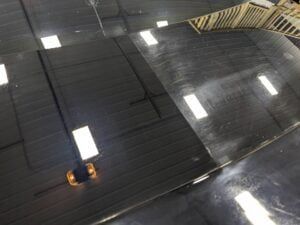
Furthermore, ceramic coatings’ insulating characteristics give an extra layer of protection against excessive temperature variations. This insulation reduces cracks and damage caused by cold conditions by minimizing the expansion and contraction of the vehicle’s paint.
Ceramic coatings contribute to the visual longevity of a vehicle in addition to its defensive characteristics. Even in winter’s challenges, their deep sheen and shine remain robust, ensuring your automobile retains its showroom-quality finish throughout the season. Overall, the advantages of ceramic coatings in the winter go beyond looks, comprising critical protection measures that extend the life and robustness of your vehicle’s exterior.
When Is The Best Time To Ceramic Coat Your Vehicle?
Ceramic coating is a year-round solution, yet the specialists at Infinity Auto Styling advocate for strategic timing. The optimal period for ceramic coating application, according to their expertise, is in the fall. Undertaking this proactive measure before winter’s full force sets in ensures your vehicle is fortified for the impending challenges. This preemptive coating is a robust defense, shielding your car from the harsh conditions synonymous with winter.
See More: ceramic coating for cars
Choosing a ceramic coat in the fall establishes a protective layer that significantly eases the aftermath of winter weather. As a formidable barrier, the coating prevents contaminants from adhering to the paint surface, facilitating easier cleaning and diminishing the risk of enduring damage. The fall application enhances immediate protection and contributes to the long-term resilience of your vehicle’s exterior. In essence, by adopting this seasonal approach to ceramic coating, you’re investing in a safeguard that goes beyond the cosmetic, providing a practical shield against the rigors of winter and preserving the integrity of your vehicle’s appearance.
How Long Does The Curing Process Take In The Winter Compared To The Summer?
The curing process is a critical stage in the application of ceramic coating, significantly impacting its overall effectiveness. Infinity Auto Styling strongly emphasizes this issue, emphasizing that drying time is not a set parameter but is affected by weather conditions. The drying process may take slightly longer in the cooler winter months than in the relatively warmer summer months. Patience is essential during this stage because it permits the ceramic layer to form a strong bond with the underlying paint surface.
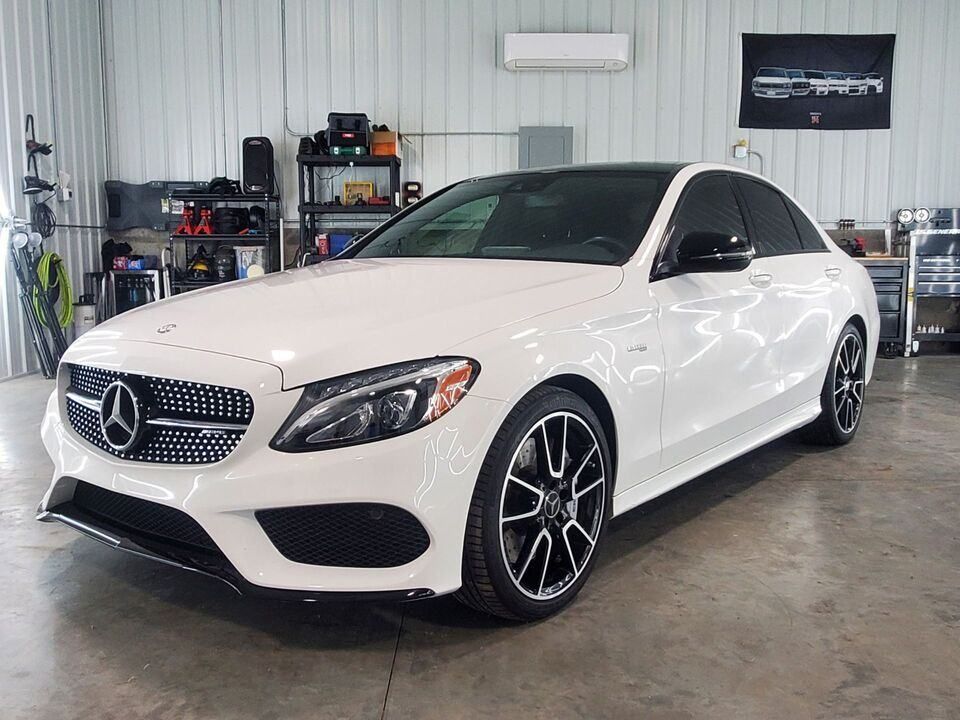
While putting ceramic coating in the winter is entirely viable, understanding the ramifications of increased curing times is critical. Rushing through this phase risks degrading the coating’s efficacy and reducing its capacity to provide vital protection. By allowing enough time for curing, you ensure that the ceramic coating forms a long-lasting barrier against the rigors of winter. This methodical approach increases the coating’s durability and ensures its optimal efficiency in protecting the exterior of your vehicle. Recognizing and accommodating the extended curing times in winter exemplifies a dedication to the thorough application of ceramic coating, confirming its position as a sturdy defender against the elements.
Premium Ceramic Coating services in Bismarck, ND
Don’t leave the fate of your vehicle’s exterior to chance this winter. Schedule your ceramic coating service with Infinity Auto Styling by calling +1 701-426-6715 or visiting their location at 2049 71st Ave NE Unit 4, Bismarck, ND 58503, United States . By investing in ceramic coating, you are enhancing the visual appeal of your vehicle and ensuring its resilience against the harsh winter elements.
In the realm of winter vehicle care, ceramic coating emerges as a formidable ally. The insights provided by the expert team at Infinity Auto Styling shed light on the suitability of ceramic coating in winter, guiding car owners toward a proactive approach to protecting their vehicles. As you consider the application of ceramic coating, envision it as a year-round investment that shields your vehicle during the winter months and preserves its aesthetic allure for seasons to come. Embrace the winterized protection that ceramic coating offers and schedule your service today with Infinity Auto Styling, where expertise meets excellence in automotive care.
Infinity Auto Styling Blog


